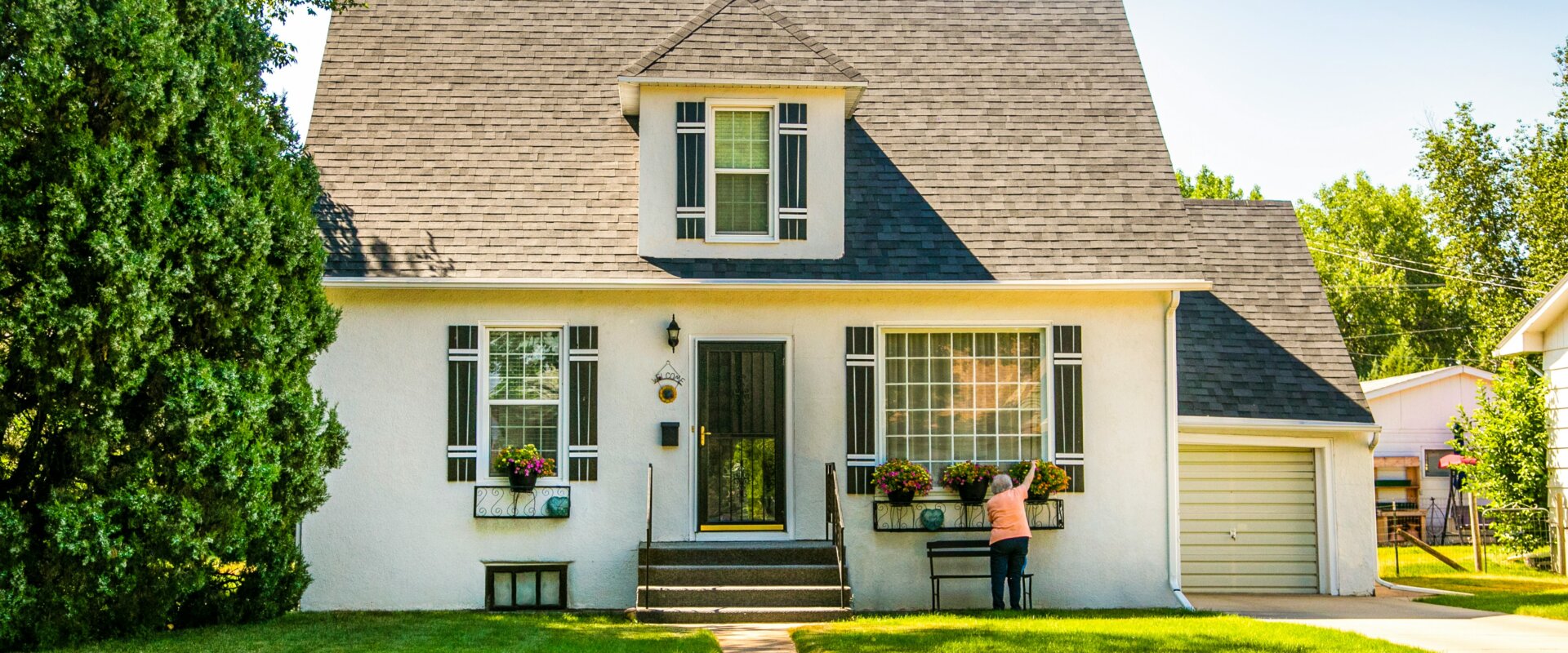Facing the prospect of foreclosure can be daunting, but understanding the timeline is crucial for homeowners in Colorado. In this guide, we’ll walk you through the stages of foreclosure, shedding light on the process and timelines involved.
1. The Trigger Points: Foreclosure doesn’t happen overnight. It typically starts with missed mortgage payments or failure to meet loan obligations. Understanding the reasons behind foreclosure is the first step in navigating the process.
2. Pre-Foreclosure Period: Before the formal initiation of foreclosure, there’s a crucial period where homeowners can take action. This is the time to explore foreclosure avoidance options and work with lenders on potential solutions.
3. Formal Foreclosure Filing: When all else fails, lenders initiate formal foreclosure proceedings. This involves legal steps and documentation, often handled by the county public trustee. Homeowners need to be aware of this filing and understand the implications.
4. Notice of Default (NOD): The Notice of Default (NOD) marks a critical point in the foreclosure process. It’s a formal notification to the homeowner that they are in danger of losing their property. Understanding the timeline after receiving an NOD is vital for taking corrective action.
5. Notice of Sale (NOS): The issuance of the Notice of Sale (NOS) is the prelude to the foreclosure auction. Homeowners should pay attention to the auction date and publication of the notice, as this signals the final steps before the property changes hands.
6. Foreclosure Auction: The auction is where the property is sold to the highest bidder. Knowing the procedures and potential outcomes during the auction is crucial. It’s also a time where interested buyers can step in, but understanding the rules of engagement is key.
7. Redemption Period: Colorado provides a redemption period, offering homeowners a chance to reclaim their property. This period varies, and understanding the timeline is essential for those seeking to regain ownership.
8. Post-Foreclosure: After the foreclosure sale, the former homeowners may face eviction. Knowing what happens in the aftermath is crucial for planning the next steps.
9. Alternatives and Resources: Foreclosure is not the only option. Homeowners should be aware of alternatives such as loan modification, short sales, or deed in lieu of foreclosure. Seeking professional advice and exploring these options early in the process is key.
Navigating the foreclosure timeline in Colorado is challenging, but knowledge is power. By understanding each stage, homeowners can make informed decisions, explore alternatives, and, if necessary, plan for life after foreclosure.
Remember, seeking professional advice is crucial throughout this journey. If you find yourself facing foreclosure, don’t hesitate to reach out to legal and financial experts who can guide you through the process.


